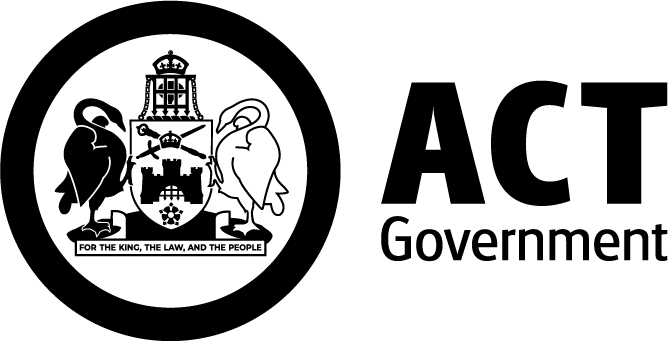Southern Bell Frog (Litoria raniformis)

Description
- The Southern Bell Frog is a large frog that can grow up to 100 mm long.
- It’s a dull olive to bright emerald green with golden-bronze spots and warty skin.
- It has bright blue on its groin and back of its thighs.
- It eats invertebrates and small frogs.
- Males make a growling, engine-like call during the breeding season, which sounds like "waaa waaa waaa."
- It breeds in the warmer months, usually from September to April, triggered by rising water levels or flooding.
- Tadpoles need standing water for at least 4 months to grow but can take up to 12-15 months to fully develop into frogs.
- Outside of breeding season, it moves away from water and hides under fallen wood, rocks, grass clumps, and deep soil cracks.
Find out more about the Southern Bell Frog on Canberra NatureMapr.
Where to find them
The Southern Bell Frog is native to south-eastern Australia, including:
- South Australia
- Victoria
- Tasmania
- NSW
- ACT.
It can also be found widespread in New Zealand, where it was introduced in 1867. In NSW and the ACT, its range was mainly around the Murray and Murrumbidgee River valleys, but this has contracted. It is now only found in small, isolated populations in Victoria, north-east Tasmania and the Murray River Valley. It is locally extinct in the ACT.
It can live in a wide range of environments, preferring habitats with lots of plants within or at the edges of slow-flowing or still water.
Conservation status
- International – Vulnerable (International Union for Conservation of Nature Red List)
- National – Vulnerable (Environment Protection and Biodiversity Conservation Act 1999).
- Australian Capital Territory – Vulnerable (Nature Conservation Act 2014).
Conservation actions
There are no populations in the ACT and no current plans to reintroduce them.
